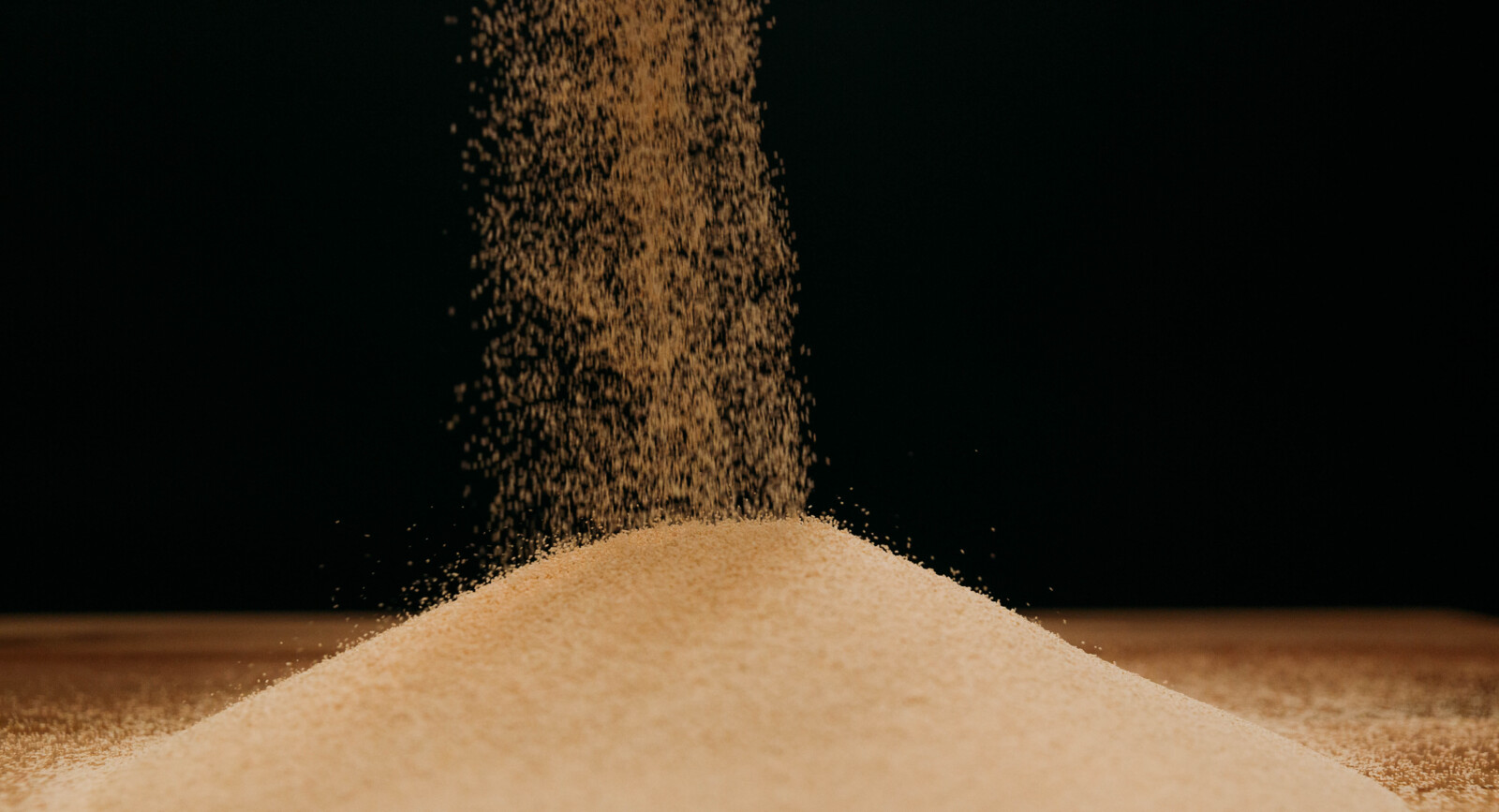Yeast, the most necessary ingredient in beer, arrives at breweries in many forms. Today we consider dry yeast and the role it can play in brewing and fermentation. John Holl spoke with Jan-Philippe Barbeau, the regional sales manager for Canada at Fermentis by Lesaffre about the product and how brewers can best implement it into their processes and recipes.

Beverage Ingredients featured expert topic supported by California Craft Brewers Association
The 2024 California Craft Beer Summit is the most important event of the year for California Brewers or anyone interested in building their business in the craft beer industry. The 2024 Summit will be held in Sacramento on March 12-14, 2024.
John Holl: What should brewers be thinking about when it comes to dry yeast?
Jan-Philippe Barbeau: At first, I would say consistency and ease of use. The Brewer should be comfort knowing that they are receiving the same yeast strain, with the same quality, batch after batch, streamlining their production process.
The ease of use doesn’t only mean the ability to direct pitch instead or rehydrating, buying a starter or making a starter, but also in terms of shelf life and human resources. Quality control should always be the primary focus for brewers, with the consistency of the product and process being a close secondary focus.
Quality control should always benumber one in importance and number two should be consistency. SafYeast™ is a perfect solution to that!
Managing yeast is cost and time consuming. With the microbiology being controlled already, the brewers can focus on the most important thing: brewing quality beers.
John Holl: Are there best practices to be considered?
Jan-Philippe Barbeau: In terms of the usage of dry yeast, no.
Our applied research has shown that the yeast can be used in a variety of ways, as long as the temperatures and conditions are within reason.
Being open minded is one the best practices for the brewer. Brewers should see yeasts as more of an ingredient, being able to ferment different kinds of beers and not just what it is written on the label or the yeast strain. The kinetics, flavors, and aromas are the specs to check wisely. As a malt can be used for different styles
the same as hops, might we consider using a different strain for a style!
Yeast is one of the tools in the “brewer’s toolbox” for creativity.
John Holl: Is there a size limitation for breweries to use dry yeast? When does it most make sense?
Jan-Philippe Barbeau: No. Home brewers, microbrewers, craft and industrialproducers use our SafYeast™ in all different segments (beer, wine, cider, spirits) throughout the world.
I might note that some strains are not available for homebrewers because of the complexity of the process. For example, the SafBrew™ LA-01 is a Saccharomyces cerevisiae var. chevalierii (a maltose negative strain) used to produce non-alcoholic beers is not available in the home size sachet.
As for any non- alcoholic production, we always strongly recommend to pasteurize the packaged product.
That kind of technology isn’t normally available to home brewers, so it doesn’t make sense to have smaller packages. Otherwise, the ease of use of our products isperfect for any beverage producer that wants quality and consistency.
John Holl: Are there any styles that you believe are better suited for dry yeast?
Jan-Philippe Barbeau: The dry format doesn’t change the fact that this is yeast. The shelf life and the usage are the only differences. You might also think that since we dry the yeast as its peak performance, it can be fresher than liquid starters.
At Fermentis, we are always working for different yeast applications through applied research to better characterize our strains.
Our R&D department is also working on different products to better suit specialized beverage fermentations. One good example is the new SafBrew™ BR-8 which is an important innovation. Withthis Brettanomyces bruxellensis strain, you can now achieve a real wild beer, refermenting with a real Brett without the hassle to maintain a wild culture. I think that any beer style can be fermented with dry yeast and I’m now more confident that you can use one of our products for almost any beer style you want to do.
I should also note that we do produce yeasts in dry format, but some bacteria to make sour beer fermentation. We also have blended products (All-in-1™ range), with, for example, yeasts mixed with enzyme to make specialized beers, like Brut IPA or Lagers with reduced calories.
John Holl: Have you seen a rise in the number of breweries looking to use dry yeast? if so, what you attribute the rise to?
Jan-Philippe Barbeau: Yes, I think there is a rise. We always have innovations, new strains available and more applied research that we share with brewers so they can make their own choice, when designing their fermentation profile. This is appealing to brewers because they can rely on the quality and consistency of dry yeast. We are here to help them if they have questions or need more information on the strains and their usage. That’s whywe created and educational hub, the Fermentis Academy.
At Fermentis, we are a team with a very diverse background of expertise, but many of us come from the production side of the fermentation: which brings the passion for fermentation. There are new breweries opening everywhere and since the knowledge level has increased, the interest in brewing many different styles rose too. Think about maintaining so manydifferent strains in liquid form in the lab. It’s clearly easier to have it in dry format with a 3-year shelf life, without the obligation to be at a fridge temperature.
